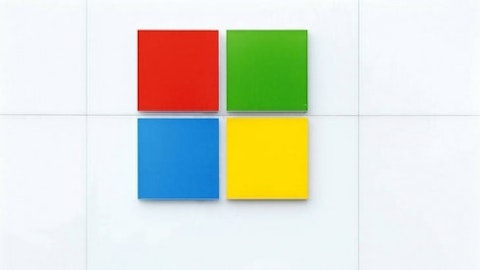Raytheon Company (NYSE:RTN)’s broader design is to implement a program so aptly called AWARE, which includes multi-target HUDs in helmets of F-16 pilots, for example. Specific price points and revenue projections for the AWARE program have not been released. Raytheon VP John D. Harris has gone on record to say, “With our AWARE product line, our customers are able to cost-effectively upgrade and significantly increase the situational awareness capabilities of their existing platforms,” with the key word being upgrade.
A few other players
It’s worth mentioning that Raytheon Company (NYSE:RTN) isn’t the only player in the defense industry’s budding smart display space. A U.S. Army contracting command has shed light on the fact that the federal government is “seeking sources to provide a smart display unit for a ground combat vehicle” by 2016, and both Lockheed Martin Corporation (NYSE:LMT) and L-3 Communications Holdings, Inc. (NYSE:LLL) have a hand in this arena as well.
Lockheed has already upgraded its modernized Aegis Cruisers—those built by Aydin Displays—in addition to its F-16 upgrades, for those models with systems built by General Electric Company (NYSE:GE). GE also has smart displays in Raytheon’s T-6A JPAT, while L-3 Communications Holdings, Inc. (NYSE:LLL) is involved with The Boeing Company (NYSE:BA)’s CH-46E Sea Knight models.
Final thoughts
At 16 times forward earnings and a PEG of 1.7, Google Inc (NASDAQ:GOOG)’s fair valuation allows many investors to make the speculative bet that its wearable technology will have a significant effect on the company’s bottom line; most projections expect less than 250,000 units to be sold each quarter within the next three years.
Raytheon Company (NYSE:RTN)’s AWARE initiative has the potential to impact its bottom line in an equally as meaningful way, and at 11 times forward earnings and a sales multiple below parity, there’s also value here. The sell-side expects the defense company to generate earnings growth of 6-7% annually over the next five years, above what’s forecasted for L-3 Communications Holdings, Inc. (NYSE:LLL) (1.6% annual growth).
L-3’s valuation, which is similar to Raytheon, decidedly makes the latter a smarter buy, and we’ll be watching JTAC system updates closely.
Lockheed Martin Corporation (NYSE:LMT), meanwhile, trades at about a 20% discount—on a PEG basis—in comparison to Raytheon Company (NYSE:RTN), and Wall Street analysts expect its annual EPS growth to outpace Raytheon by about 0.5-1% through 2017; this looks like an equally attractive play.
It’s important to remember that we don’t know company-generated sales projections for these defense contractors’ smart display systems in development at the moment—and Google Inc (NASDAQ:GOOG) for that matter—but a long-term investor wanting exposure to the wearable device market can’t forget about the U.S. Military. For another strategy worth paying attention to, continue reading Insider Monkey here.
Disclosure: none




